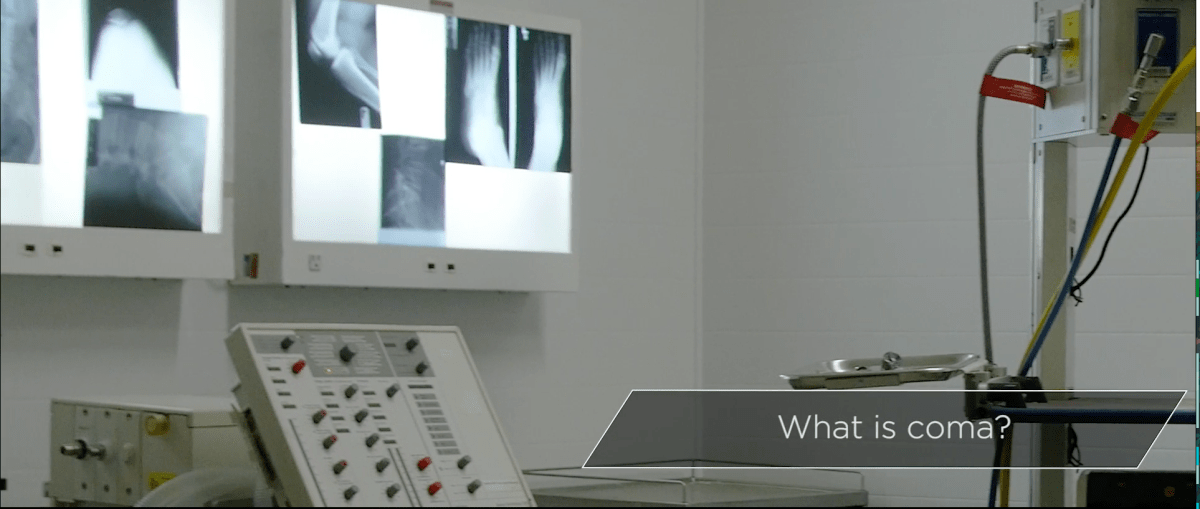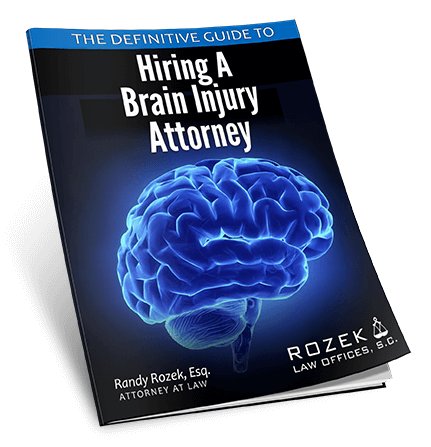Rich Environments May Help Brain Injury
Violent blows to the head, as football players are learning, have the potential to cause to severe brain injuries. When it comes to physical brain damage, the long-term effects range from trouble communicating, extensive cognitive slowdown and behavioral deterioration. Up to this point, researchers have found no effective cognitive or medical treatment for patients who suffer from a TBI.
However, a recent study from Tel Aviv University suggests that enriched environments could provide a promising path for the rehabilitation of patients who suffer from mild traumatic brain injuries. Published in Behavioral Brain Research, Professor Chagi Pick from TAU’s Sagol School of Neuroscience and Sackler Faculty of Medicine led the researchers.
The Study
In the study, scientists studied two groups of animals with TBI. Within the first group, the mice were kept in standard cages and given routine treatment. In contrast, the second group of mice lived in enriched environments that were abundant with sensory stimuli, open space and numerous chances to eat and exercise.
Brain Injuries and What Occurs
Professor Pick made an analogy for brain injury. Houses may survive earthquakes, but cracks in the walls can still be seen from up close afterwards. MRI scans may present a normal looking brain at first, but fast forward two years and the TBI patient who was married and successful ends up divorced, unemployed and miserable. However, they do not realize the lasting cognitive effect emerged because of a car accident
two years prior.In the emergency room, doctors use the Glasgow Coma Scale to assess the extent of brain trauma in patients who just came to the clinic. For most cases, doctors diagnose a minimal level of damage. Approximately 85 percent of these cases prove accurate; however, 15 percent of cases do not track the serious damage that only started. People do not understand why, but they are trying to figure it out.
Rich Environments: What They Found
The study found that enriched environments might play an essential part in the behavior, physiology and brain regulation of TBI patients. Considering the model for minimal TBI in mice, the researchers examined the effect of transitions to enriched environments and how they affected the cognitive and behavioral parameters. Scientists used the Novel Objection Recognition task, where mice show varying levels of curiosity about new items placed in their cages; additionally, they run mazes to establish navigation ability.
In the study, researchers wanted to determine the changing levels of function from an enriched environment to a standard cage. Additional stimuli included:
- Running Wheels
- Open Space
- Water
- Plenty of Food
Mice exposed to enriched environments improved faster from their brain injury. Professor Pick stated that in six weeks of living within an enriched environment, animals recovered faster from cognitive dysfunction. The implications of the trial could indicate the importance of placing adapted elements within enriched environments for humans. This might include intense physical activity combined with proper diet, exercise and stimuli. Nevertheless, this study does not promise a cure, but significant amounts of evidence suggest that enriched environments could help those with mild TBI.
Valadka Schyner says that TBI varies from someone with severe disabilities and never being able to communicate with their family to milder long-term cognitive and psychological issues. Those with milder forms of TBI could be helped with an enriched environment.
According to the Centers for Disease Control and Prevention, two percent of the United States suffers from disabilities because of traumatic brain injuries, and it costs Americans $77 billion each year. Approximately two and a half million Americans are diagnosed with TBI each year.
Stimulate and Challenge
In a different study conducted at a Toronto clinic, Dr. Green, senior scientist and neuro-psychologist examined the impediments to recovering TBI patients. Dr. Green hypothesized that the process of the damaged tissues leaves the healthy sections of the brain under stimulated and disconnected. As time progresses, the areas that were healthy suffer atrophy and deteriorate. Published in Science Daily,
Dr. Green continued in saying that they discovered how people with moderate to severe TBI recovered better with environmentally rich resources. Those who did not challenge themselves physically, socially and cognitively suffered from deterioration.
Some caregivers have learned from these studies and changed their approach with patients suffering from brain injuries. Constantly involving them, moving them and making them do things helps to optimize the outcome.
How Does Environmental Enrichment Work?
This training works similar to how an athlete builds their abilities. When they first start, their capabilities are less. However, as they progress, they slowly develop competency and need to challenge themselves to continue. Starting from learning the basics and challenging the person to grow, they eventually become capable of doing more.
Things That Will Provide Environmental Enhancement
Families can challenge their loved ones by making them look up interesting sections in the newspaper. This might include:
- Weather Report
- Latest Sports Information
- Interesting News Articles
- Asking Them to Read It Aloud
People can help assist their loved one’s social abilities with regular conversation and doing things for each other. Ask them questions that do not involve a yes or no answer. Additionally, if your loved one sits around, make small suggestions such as getting the mail or folding the towels. You might also involve them in decisions such as what you will eat for the night.
Caregivers have many tools available to help their loved ones progress. Understanding that environmental enrichment makes a gigantic difference changes the approach that people take. Understand that there are no limits to how creative stimulation takes place.
Not All Head Injuries are the Same
Patience with the person becomes a must. People recover from TBI at different rates and varying degrees. Recovery ranges from a few weeks to many years. Families play a crucial role in the treatment because they can help to stimulate their loved one. However, they should understand that it requires the right level of stimulation. Too much stimulation leads to agitation and raised blood pressure. While some patients are silent, they might still be aware and hear everything said. Never speak as if the patient is not there.
Recovery progress receives tracking in three key areas: thinking, movement and interaction. If your loved one suffers memory loss, family photos may stimulate the recovery of those memories. The recovery relies on the plasticity of the brain. Undamaged areas need to take on the functioning that were lost because of the damaged areas. TBI relies on nerve cell reparations and regeneration.
Additional evidence to support environmental enrichment, Lesley S. Miller led a group of researchers at the Toronto Rehab Center and discovered the beneficial effects of an enriched environment. Many times, patients with TBI suffer a diminished quality of life because they are not stimulated physically or mentally after an injury.
However, the study revealed that environmental stimulation is necessary for recovery. The study examined 25 patients and showed a positive correlation to environmental enrichment. Those in the richer environments showed less brain shrinkage in the hippocampus than patients without the enriched environment. This news generates incredible excitement for field of neuroscience. While it may not completely remedy the problem, it could assist with recovery. Current research suggests that people can counteract the damaging effects of TBI. However, hopefully this only starts the research and scientists continue to discover effective treatments for traumatic brain injury.
Call Randy Rozek today at 414-374-4444
Sources:
Brain Line
Boston University










Request Your Free eBook
Our office has provided information regarding the different types of Wisconsin Personal Injury Accidents that we have experience handling.
Wisconsin Accidents
Wisconsin Personal Injuries
Ready to get started?
Call us at 414-374-4444
Main Office Location
Rozek Law Offices, SC
3970 N Oakland Ave Ste 604
Milwaukee, Wisconsin 53211
Additional Client Meeting Location
Rozek Law Offices - Madison
2810 Crossroads Dr Ste 4046
Madison, Wisconsin 53718
Recent Blog Posts









